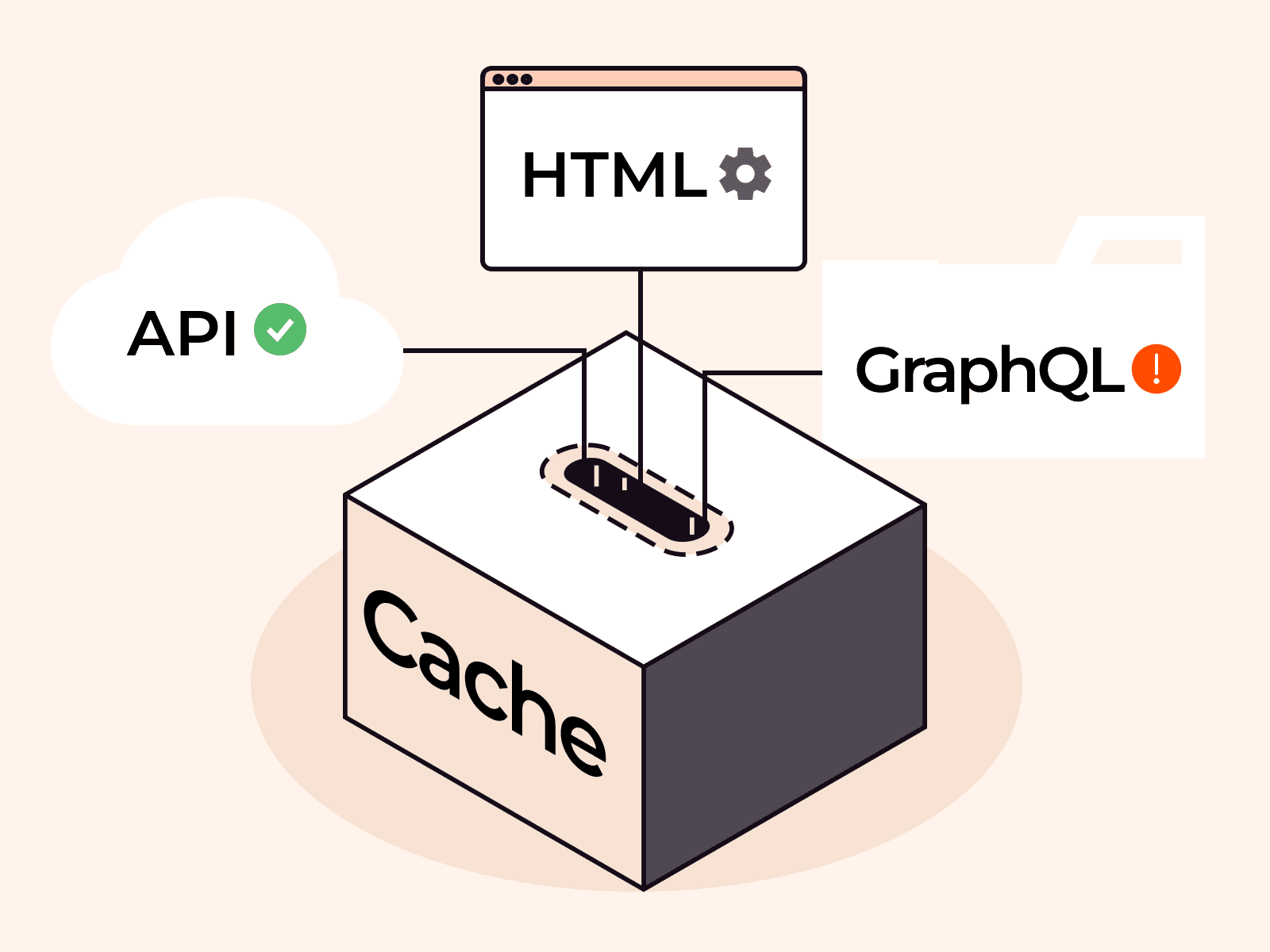While managing your domain’s DNS settings, you’re likely to encounter two record types: CNAME and Alias records. Although these records have similar purposes, they function differently and offer unique benefits and drawbacks. In this article, we’ll explore each record type, outlining their advantages and disadvantages, and provide examples of their application.
CNAME Records: An Overview
A Canonical Name (CNAME) record is a staple DNS record that maps an alias name to a canonical or true domain name. Simply put, it enables you to create additional names or subdomains that point to the IP address of a single domain. For example, you can use a CNAME record to ensure that “www.example.com” and “blog.example.com” both direct to “example.com”.
Benefits of CNAME Records
One of the primary advantages of CNAME records is their universal recognition and support by all DNS providers. This implies that no matter where your domain is registered or hosted, you can utilize CNAME records.
Moreover, because a CNAME record points to another domain name and not directly to an IP address, any changes to the target domain’s IP address don’t necessitate alterations to the CNAME record.
Limitations of CNAME Records
On the flip side, CNAME records come with a few restrictions:
- They can’t coexist with other records bearing the same name. This means, for example, you can’t have an MX record (which directs email) for the same name because the CNAME would take precedence.
- They can’t be used for the root domain itself (for instance, “example.com” without any prefixes), because other records like SOA and NS must exist at the root, creating a conflict with the first restriction.
- They might result in slightly slower website performance due to the necessity of an additional DNS lookup step.
Alias Records
Alias records offer a solution to some of the limitations of CNAME records. They are unique features offered by certain DNS providers.
Advantages of Alias Records
Unlike CNAME, an Alias record can coexist with other records with the same name. This means, for example, you could maintain an Alias record for your domain root while keeping your NS and SOA records intact.
Additionally, an Alias record operates by returning the IP address of the target name rather than a reference to the target name itself. This means it carries out the extra lookup step on your behalf. When a DNS resolver encounters an Alias record, the DNS provider processes the record as an A record and returns the IP address of the target, saving the extra DNS resolution step that would be required with a CNAME.
Disadvantages of Alias Records
The main drawback of Alias records is that they aren’t a standard DNS feature and lack support from all DNS providers.
Usage Examples
Suppose you have a website “example.com” hosted on a server with a certain IP address. You also want “www.example.com” and “blog.example.com” to point to the same site. In this scenario, you could create CNAME records for “www” and “blog” that both point to “example.com”.
If your DNS provider supports Alias records, you might have a load balancer or, for example, a SupplierX distribution with a complex domain name like “d1234.supliernetwork.net“. You can create an Alias record to make your root domain “example.com” point to the SupplierX distribution or load balancer. In this case, your root domain can still have other records like NS and SOA.
Conclusion
In conclusion, while CNAME and Alias records are similar in their function of mapping one domain name to another, their usage depends on the specific requirements and the DNS provider. CNAME records are more universally supported but have certain limitations. Alias records can overcome these limitations but are supported by fewer providers. By understanding these differences, you can make more informed decisions about how to manage your DNS records.
Looking for reliable, high-performance DNS hosting? Choose Gcore DNS Hosting for fast and resilient DNS services:
- Global latency averaging 30 ms
- Anycast routing
- Multiple load balancing options, including Geobalancing
- Free-forever through enterprise-grade plans
Related articles
Subscribe to our newsletter
Get the latest industry trends, exclusive insights, and Gcore updates delivered straight to your inbox.






